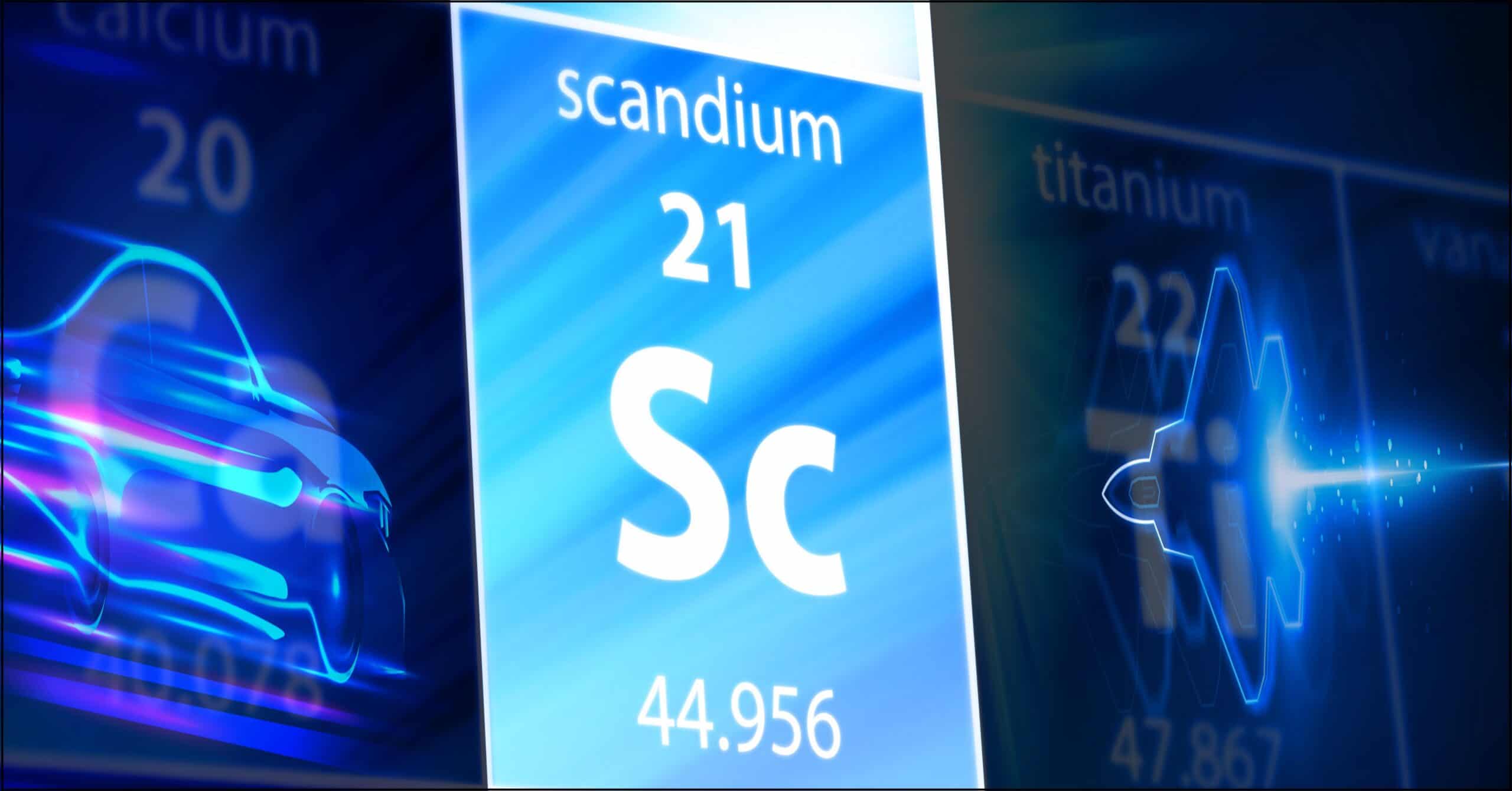The race is on. It seems like there are a lot of junior miners out there working on new or improved technology to process or refine their commodity in a better, more efficient manner. This makes a lot of sense when you think about it. Obviously, the world is on a decarbonization kick, so it’s only a matter of time before the carbon footprint of the raw materials starts to come into focus. It will help differentiate you from any competitors out there mining the same mineral, assuming you have any. If you happen to be fortunate enough to be located in a jurisdiction that is close to the demand centers and has abundant clean energy (like hydroelectric power) then that could make you the #1 supplier of a commodity.
One entity looking to control its own destiny, while being fortunate enough to be located in a key jurisdiction, is Imperial Mining Group Ltd. (TSXV: IPG | OTCQB: IMPNF). Imperial is a Canadian mineral exploration and development company focused on the advancement of its technology metals projects in Québec, Canada. The Company’s flagship Crater Lake Scandium-Rare Earth property is located 200 km northeast of Schefferville, Québec, and is accessible via fixed-wing aircraft or helicopter. The property consists of 96 contiguous claims covering 47.0 km2, owned 100% by Imperial. The Company is led by an experienced team of mineral exploration and development professionals with a strong track record of mineral deposit discovery in numerous metal commodities.
In mid-2022, Imperial announced the results of a positive Preliminary Economic Assessment (PEA) for the Crater Lake TG Zone Scandium (Sc) – Rare Earth Element (REE) deposit from Imperial’s independent consultants WSP Canada. The results show positive cash flow, strong Internal Rate of Return (IRR), and positive Net Present Value (NPV) metrics at discount rates of up to 15% for a potential mining operation at the Crater Lake project. Highlights of the PEA include: a pre-tax NPV of C$2.97 billion and an after-tax NPV of C$1.72 billion (10% discount rate); pre-tax IRR is 42.9% and an after-tax IRR of 32.8%; and a pre-tax capital payback of 2.5 years from the start of production.
All of the PEA information was completed prior to the summer drilling program where the Company completed a total of 8 drillholes for 1,663.0 m. Results were encouraging and give inference to grade and tonnage increases to the TG North Lobe Deposit resource. Drilling indicates that the southern portion of the TG scandium Zone is composed of two different Sc bearing ferrosyenites and hosts a higher proportion of the higher-grade pyroxene-rich ferrosyenite. The mineralization of both Sc-bearing ferrosyenite zones is open at depth below the 200 m vertical level and along strike and appears to show great potential for additional scandium mineralization. With all of the results in, Imperial plans to undertake an updated 43-101 Mineral Resource Estimate with the goal of converting all of the Inferred Mineral Resources into the Indicated or Measured Mineral Resources category.
With all that said, the Company’s latest news is my main focus today. Imperial Mining just announced the filing of patent applications for its two-stage hydrometallurgical methods and processes for the extraction of scandium and rare earth elements from Crater Lake project mineralization titled “HIGH PRESSURE CAUSTIC LEACH METHODS AND PROCESSES FOR RECOVERY OF SCANDIUM AND RARE-EARTH OXIDES”. Imperial also provided an update on the Crater Lake Scandium Project flowsheet development program which commenced in early 2022 at SGS Canada, Quebec City and Peterborough and is partially financed by a $245,355 grant from the Quebec Ministry of Energy and Natural Resources. The flowsheet development program was focused on further optimization of the mineral processing flowsheet by rejecting olivine, a non-Sc-REE-bearing mineral from the mineral concentrate and processing the olivine-depleted mineral concentrate through the patent-pending high-pressure caustic leach process for recovery of Sc and REE. During the flowsheet development program, Imperial invented a patentable process for rejecting olivine from the scandium-bearing mineral concentrate.
I won’t begin to try and explain the science of what this all means other than to say simpler is usually better. The easier and more efficiently you can do something typically equates to a lower carbon footprint and less of an environmental liability. Just having the right, in-demand resource isn’t good enough anymore, at least in most parts of the world. The production of that resource has to be done in a responsible, sustainable manner. This C$15 million market cap company is taking steps to be a leading-edge processor of Sc and REE which could help propel them to the top of the supply chain.




Leave a Reply